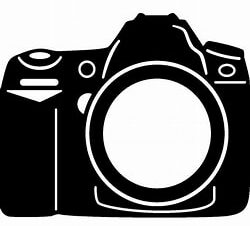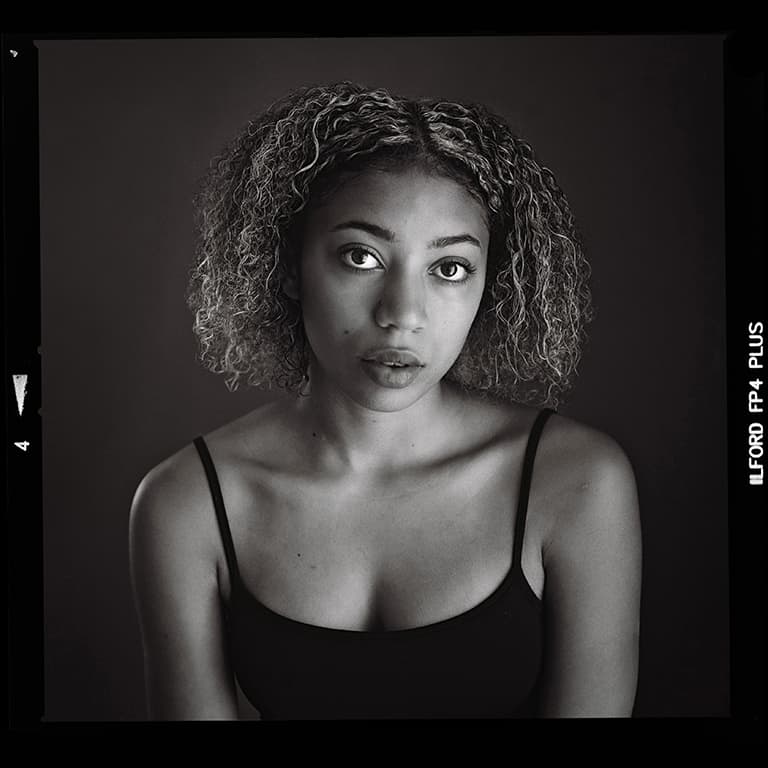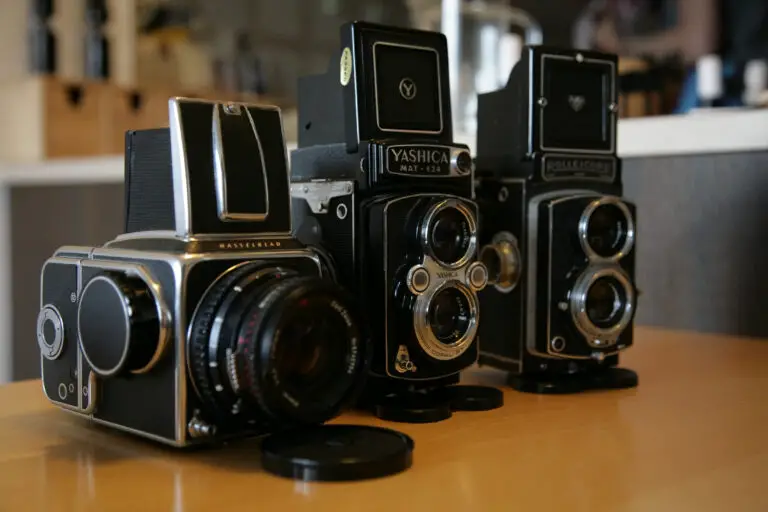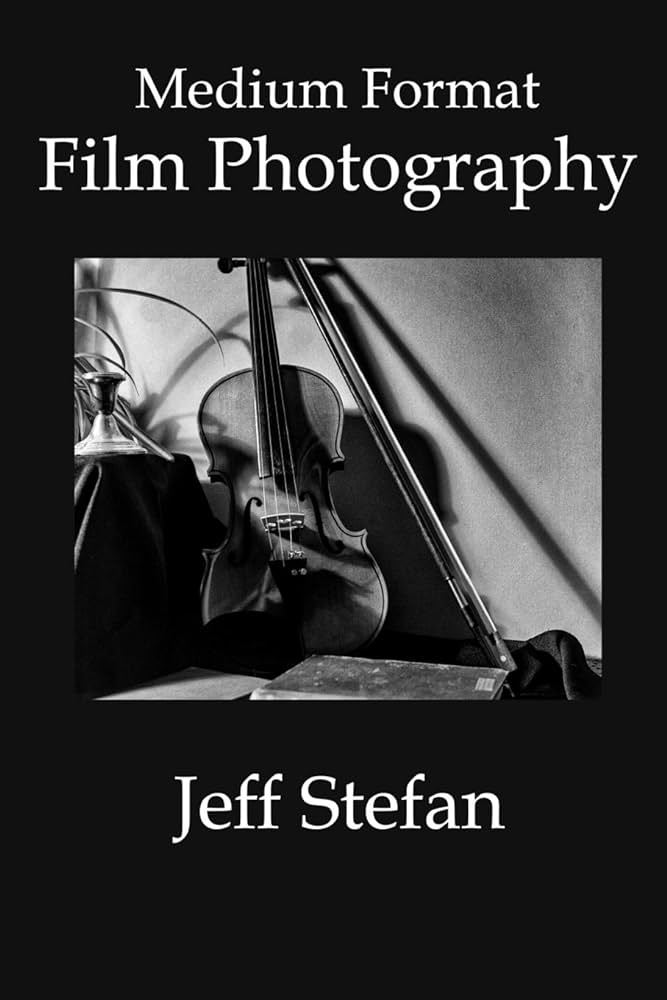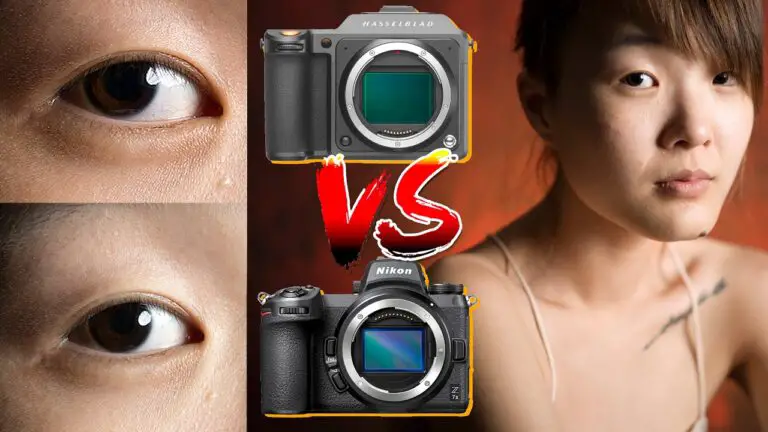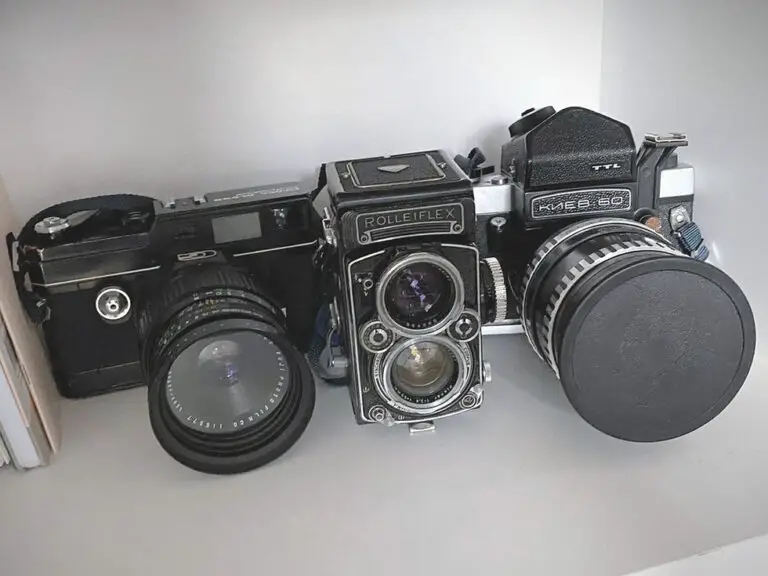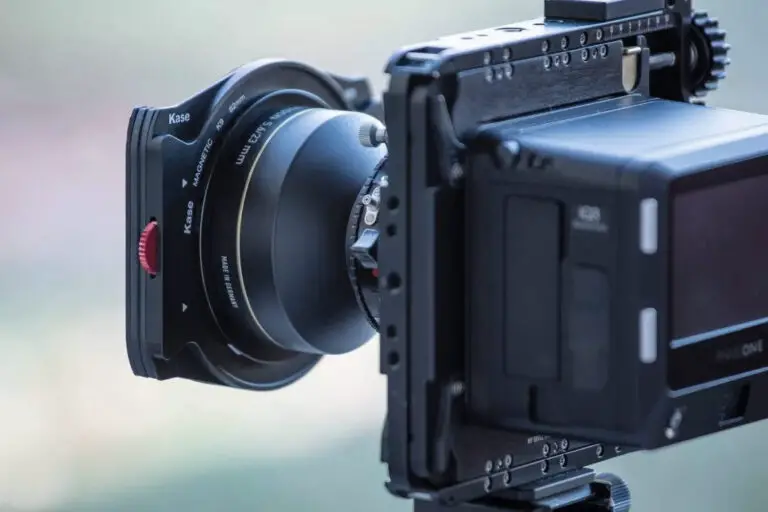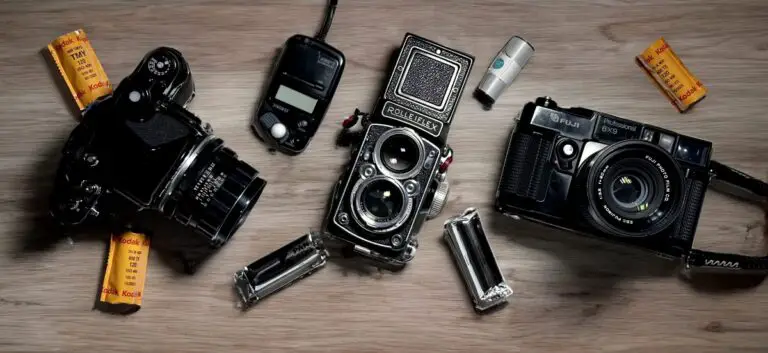Medium Format Portrait Photography: Capturing Stunning Portraits with Depth and Detail
In the realm of portrait photography, each image is a narrative, rich in personal expression and reflective of the artistry of the photographer. While digital and 35mm film formats have long been the go-to tools for many, there’s a larger-than-life approach that offers unparalleled quality and a level of detail that’s almost palpable; enter, medium format portrait photography.
In this in-depth exploration, we’re going to uncover the techniques and nuances of using medium format cameras to create mesmerizing portraits. From the equipment you’ll need to the intricacies of the craft, buckle up for a ride that’s sure to both inform and inspire.
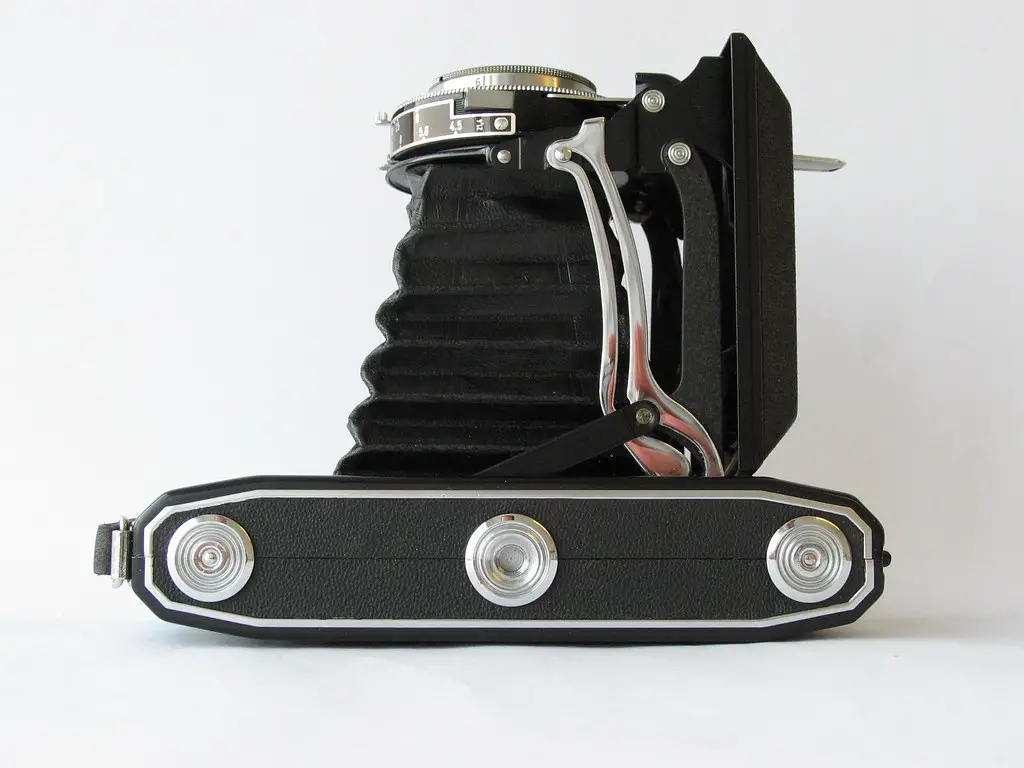
Understanding Medium Format Photography
Medium format photography revolves around the use of cameras that employ film or image sensor formats larger than 35mm (24x36mm) with a range from 6×4.5 cm to 6×9 cm. This larger format means more detail and richer tonal gradations, elements essential for capturing the subtleties of the human form. Here, we’ll highlight the benefits of medium format in portraits and its key distinctions from smaller format photography.
The Camera and Its Advantages
Medium format cameras often boast larger image sensors or film sizes, which translate into images with significantly more resolution and detail. What does this mean for portraits? You’ll capture finer textures, crisper lines, and a level of depth that can make the subject appear to jump off of the image.
Portraits with a Medium Format Touch
The characteristics of medium format photography lend themselves particularly well to the portraiture. The ability to control depth of field is more pronounced, offering a beautiful bokeh that is creamy and alluring. Skin tones are rendered with exquisite smoothness, and the overall image quality has a nuanced, almost three-dimensional quality that smaller formats can struggle to achieve.
Techniques for Capturing Stunning Portraits
A beautiful portrait is more than just a click of a button; it involves careful consideration of lighting, composition, and interaction with the subject. We’ll break down the essential techniques for shooting portraits, medium format style.
Mastering the Play of Light and Shadow
Lighting is the language of photography. In the case of medium format portraits, the interplay of light and shadow becomes even more significant. Understanding and controlling natural and artificial light sources is key to sculpting the face and conveying the desired mood of the portrait.
Composing with a Medium Format Eye
The viewfinder of a medium format camera offers a spacious canvas to compose your shots. Utilize this advantage by carefully framing your subject, paying attention to surrounding elements that can add context or interest to the portrait.
Directing Your Subject
Communication is pivotal in portrait photography, and with a medium format camera, the clarity and focus on the subject can be both empowering and intimidating. Guide your subject through poses that work with the strengths of the medium format, such as subtler head tilts that emphasize the eyes or full-body compositions that showcase the environment.
Enhancing Depth and Detail
The magic truly unfolds in the interplay of depth and detail in medium format portrait photography. Here’s how to take full advantage of these characteristics.
Controlling Depth of Field
The medium format’s larger sensor or film size allows for a shallower depth of field even at smaller apertures, giving the photographer greater control over what is and isn’t in focus. This can be used to isolate the subject against a soft, dreamy background or to ensure the entire face, from the tip of the nose to the back of the head, is perfectly in focus.
Focus Stacking for Ultimate Clarity
In scenes where maintaining detail throughout the portrait is critical, focus stacking can be employed. With focus stacking, multiple images are captured at different focus points and then combined in post-processing to create a single image with an extended depth of field.
Post-Processing for Precision
The work isn’t finished when you put the camera down; post-processing plays a critical role in bringing out the full potential of your medium format portraits. Techniques such as dodging and burning can be used to sculpt the light and shadow further, and color grading can perfect the tones and mood of the image.

Gear and Equipment Recommendations
A medium format camera is the keystone of the craft, but there are other essentials that can elevate your portrait photography to new heights. Here’s a selection of gear you should consider.
The Right Camera for You
When it comes to medium format cameras, there’s a variety of choices, from the classic Hasselblad and Mamiya models to modern offerings from Fujifilm and Phase One. Each has its strengths, so research and, if possible, test out several before making a commitment.
The Perfect Portrait Lens
A high-quality lens is indispensable for capturing medium format portraits. Prime lenses with a focal length of around 80mm are a favorite due to their natural perspective and flattering compression.
Supporting Accessories
Consider investing in a sturdy tripod to keep your camera steady, especially in lower light situations. A good quality light meter can also be useful to ensure precision in your exposure settings.
Tips for Successful Portrait Sessions
The technical aspects of medium format photography are crucial, but the human element is just as important. Here are some tips to ensure your portrait sessions are not only successful but enjoyable for both you and your subject.
Connect with your Subject
A relaxed and comfortable subject will yield the most natural and genuine expressions. Spend some time getting to know your subject before you start shooting, and maintain a friendly and professional atmosphere throughout the session.
Fine-Tune Your Direction
Directing a subject can be a challenge, even more so with the increased clarity that medium format affords. Be clear in your instructions and demonstrate poses when necessary. Ensure that the poses and expressions feel authentic to your subject rather than forced and contrived.
Make It a Collaborative Effort
Remember that a portrait is a collaboration between you and your subject. Although you may have a clear vision, remain open to the ideas and suggestions that your subject may offer. Sometimes, the most powerful images come from unexpected moments.
Showcasing Your Portraits
The way you present your work is as vital as the way you capture it. Here are some strategies to showcase your medium format portraits effectively.
The Art of Framing
A well-chosen frame can complement and enhance the impact of your portrait. Whether it’s a classic wooden frame or a sleek metal design, the right frame can draw attention to your work and help it stand out.
Digital Galleries and Social Media
In the digital age, online galleries and social media platforms are indispensable tools for photographers looking to share their work. Platforms like Instagram and Behance can help you reach a wider audience and connect with other photography enthusiasts.
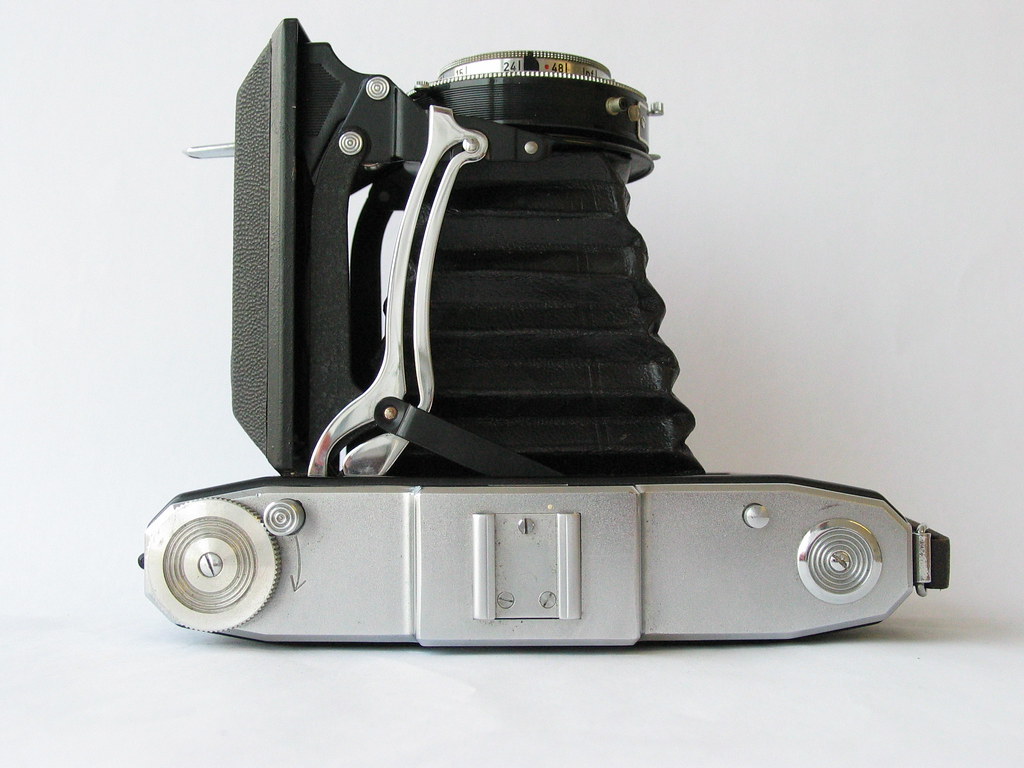
Print for Impact
There’s something special about seeing a portrait in print. The physical tangibility of a print allows for a deeper connection with the image. Select high-quality paper and printing servicesAn error occurred during generation. Please try again or contact support if it continues.
